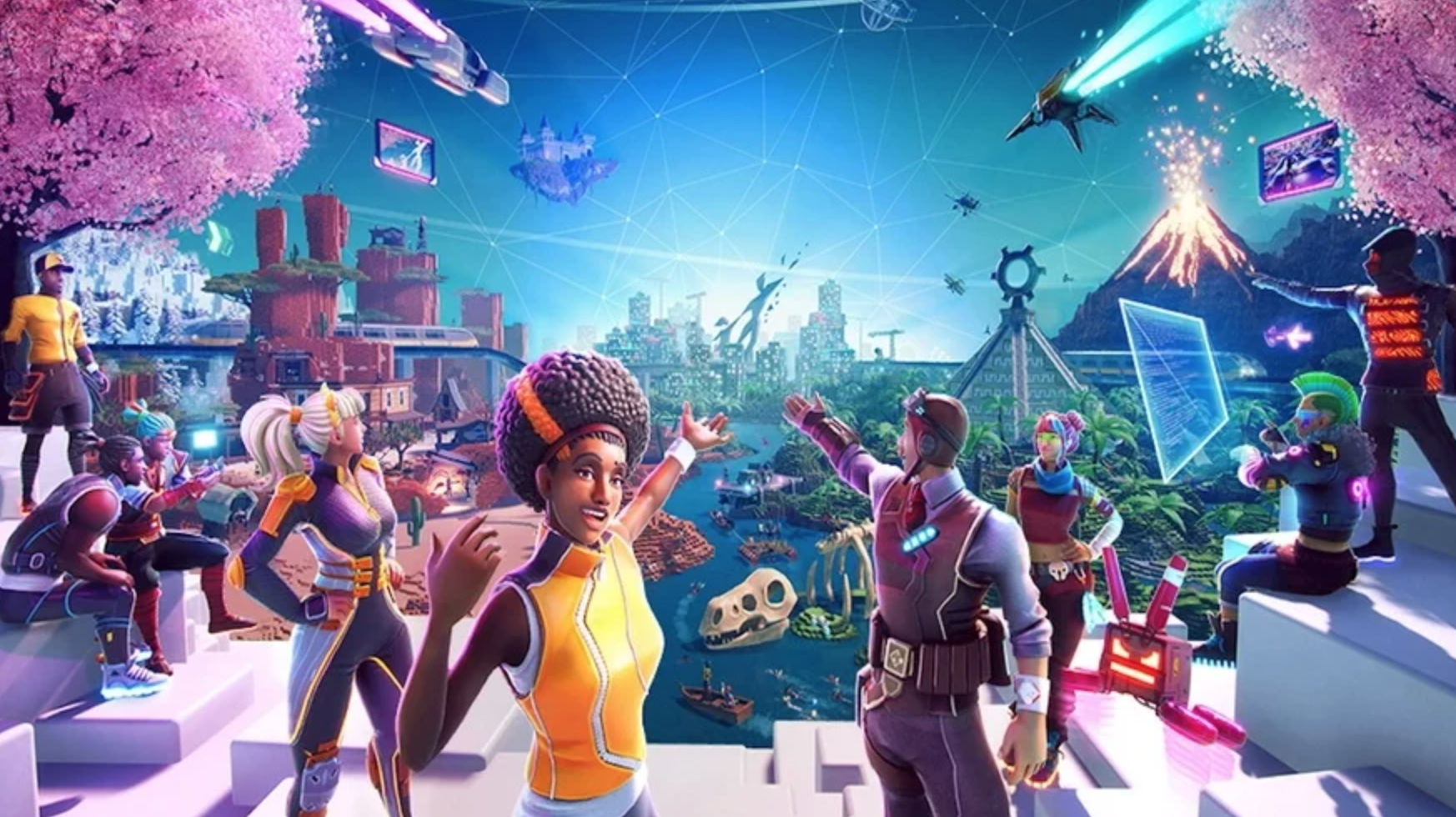The metaverse is fostering a series of debates on a global scale that traverse topics that will move the entire economy, and the effects of this new technological era will be felt by all of us. It is estimated that by 2026 approximately a quarter of the world’s population will spend at least one hour a day in the metaverse, according to Metaverse Hype, a study by the Gartner Institute. In this virtual world, parallel to our real lives, people will engage in work, leisure, shopping, education, and entertainment activities, among others. In the banking sector, technology has already been changing the way we interact, create, and offer new products and services, and here too we will witness a real transformation of the sector under the influence of the already well-known era of the metaverse.
Serving communities in this virtual environment that simulates the real world, where people are represented by their avatars, will require, among other things, an improved customer journey. Although banking is becoming increasingly flexible and accessible, it still needs to be more present in the dynamics of its customers. And the metaverse seems to be a good tool for this purpose, as well as helping to strengthen relationships and generate greater interaction.
It is a fact that the digital world has opened new paths in the contact with different generations, and we already see financial institutions looking for other ways to communicate with their audiences, considering the agendas, purposes, and specificities of each group. But what will the relationship between customers and their banks and financial institutions be like in the metaverse?
We do not yet know concretely, but it is possible that they will visit virtual branches for customer service, do a mortgage analysis with an industry specialist, discuss retirement plans with an avatar advisor, participate in an investment seminar, or even in a financial inclusion and education program of a bank or financial institution. All using your avatar. There are many perspectives that organizations should take into account when creating and offering products so that users can have their digital life as a continuation of their real ones.
And the market is already moving in this direction. J.P. Morgan is one of the banks that has entered the metaverse universe, with its Onyx lounge. Kookmin Bank, in South Korea, started to allow individual consultations between customers and employees with avatars and to provide personalized financial information to its customers. In Latin America, a good example is the Brazilian market, one of the most representative in the region. In December last year, Banco do Brasil announced its entry into the virtual environment with a video game. There, the customer can open an account for his character to receive benefits, and can also work for the bank, driving the armored car or filling ATMs.
In the very near future, it will be possible to virtualize interactions with customers at levels different from today. Perhaps we will be able to go to a virtual ATM, transfer money to the digital wallet and move on to virtual shopping; hold a meeting with the avatar of our bank manager – and all this also through our avatar, in the metaverse environment – and thanks to all the technology embedded in each step of these available processes.
This new and growing economy is still an untapped source of growth, and each institution will define what role it wants to play and how it can take advantage of expansion opportunities for its business and its brand. That’s why many major global players are developing projects geared to this world that connects people, places, activities, and things from the real world in a virtual environment.
But for all this to really happen, it is necessary to generate trust in the actions developed in the metaverse. It is not enough to mark presence, move or monetize virtually. It is necessary to build positive and solid relationships with the public. It is necessary to air and seek inspiration outside the exact segments and to count on multidisciplinary teams from the physical world, for example. Anthropologists, architects, designers, and sociologists have all contributed to the achievement of the success that can become the metaverse.
Today, what we already know is that it is undoubtedly a potential space for the development of new opportunities for financial institutions. Therefore, we must be attentive and follow the movements and news surrounding this topic.
Finally, wherever there are exchanges of goods and services, including virtual worlds, there will always be relevance for banking services. The ecosystem, therefore, needs further technological development and the building of solid and trusting relationships with users. The metaverse, for its part, needs standards and guidelines to meet the sector’s expectations, as well as to include a clear value proposition for real customers.
Translated from Spanish by Janaína Ruviaro da Silva











